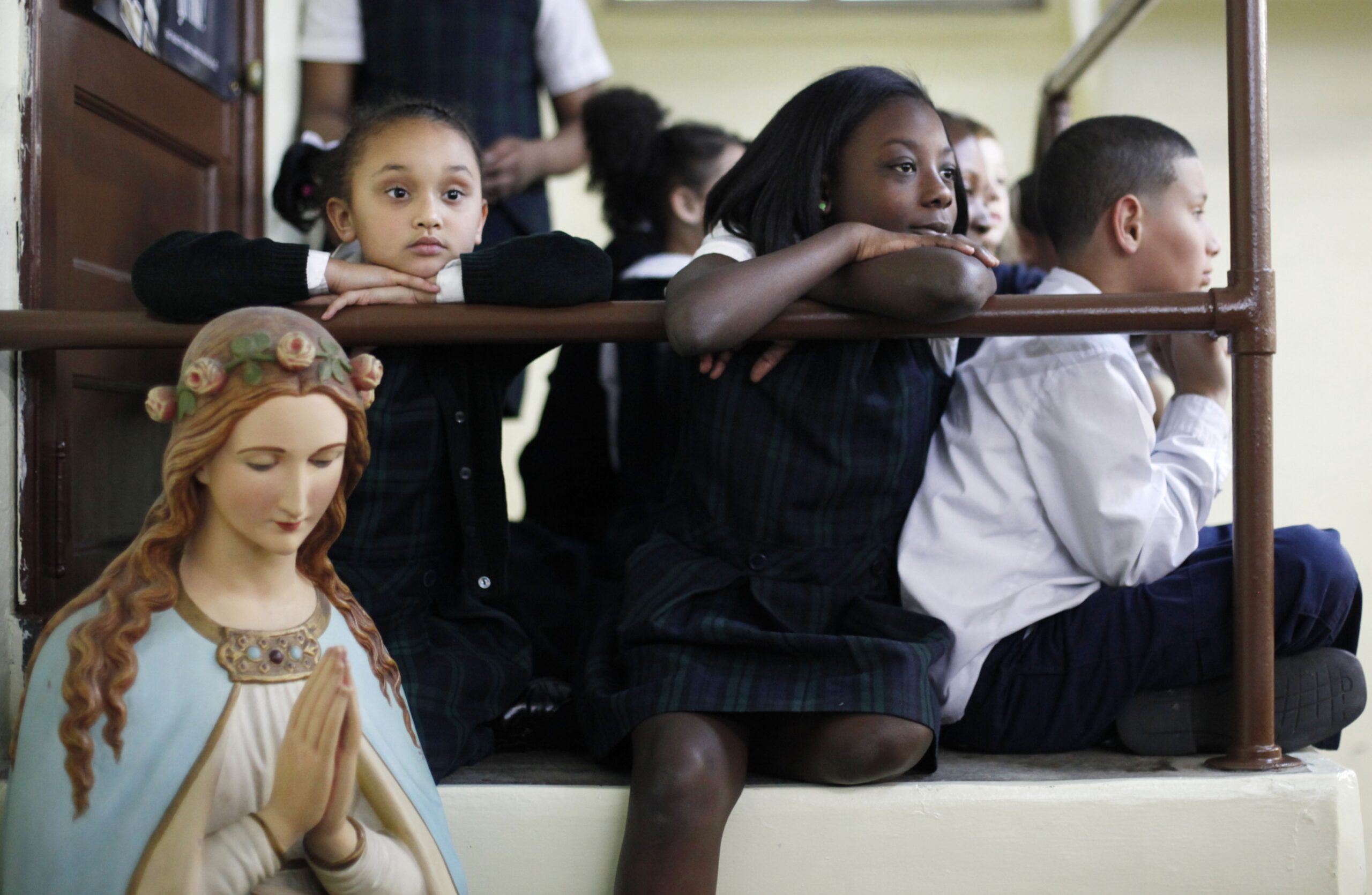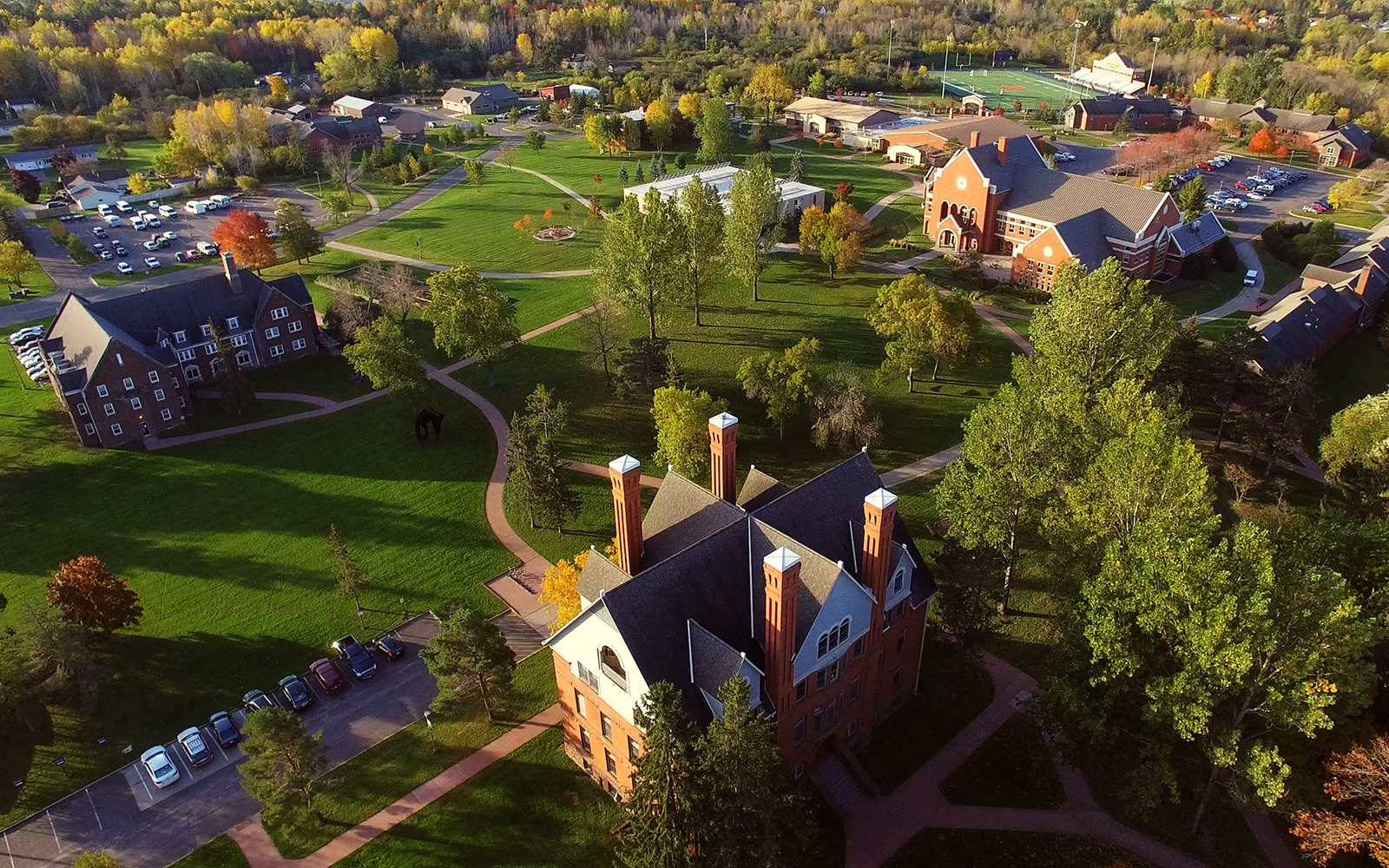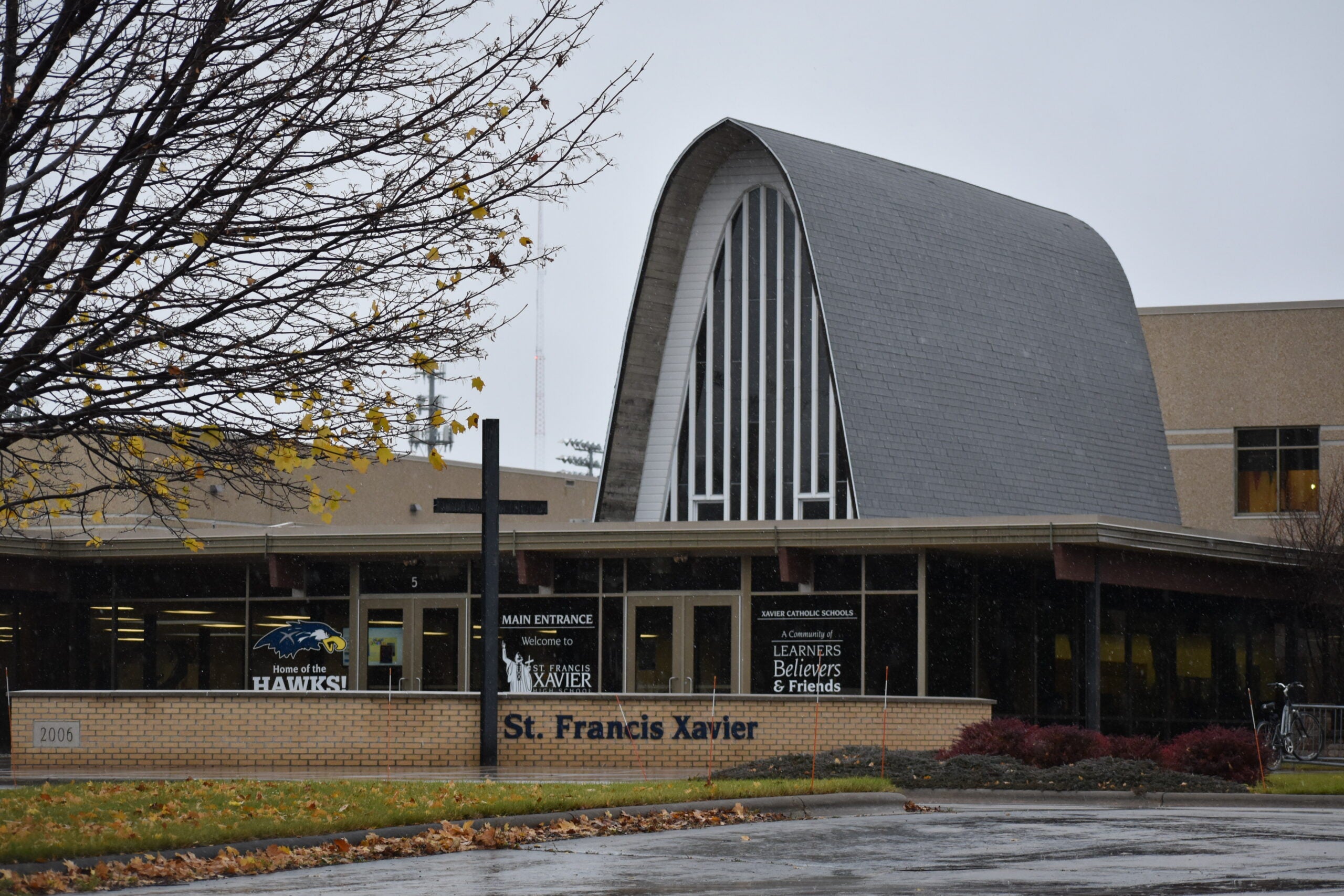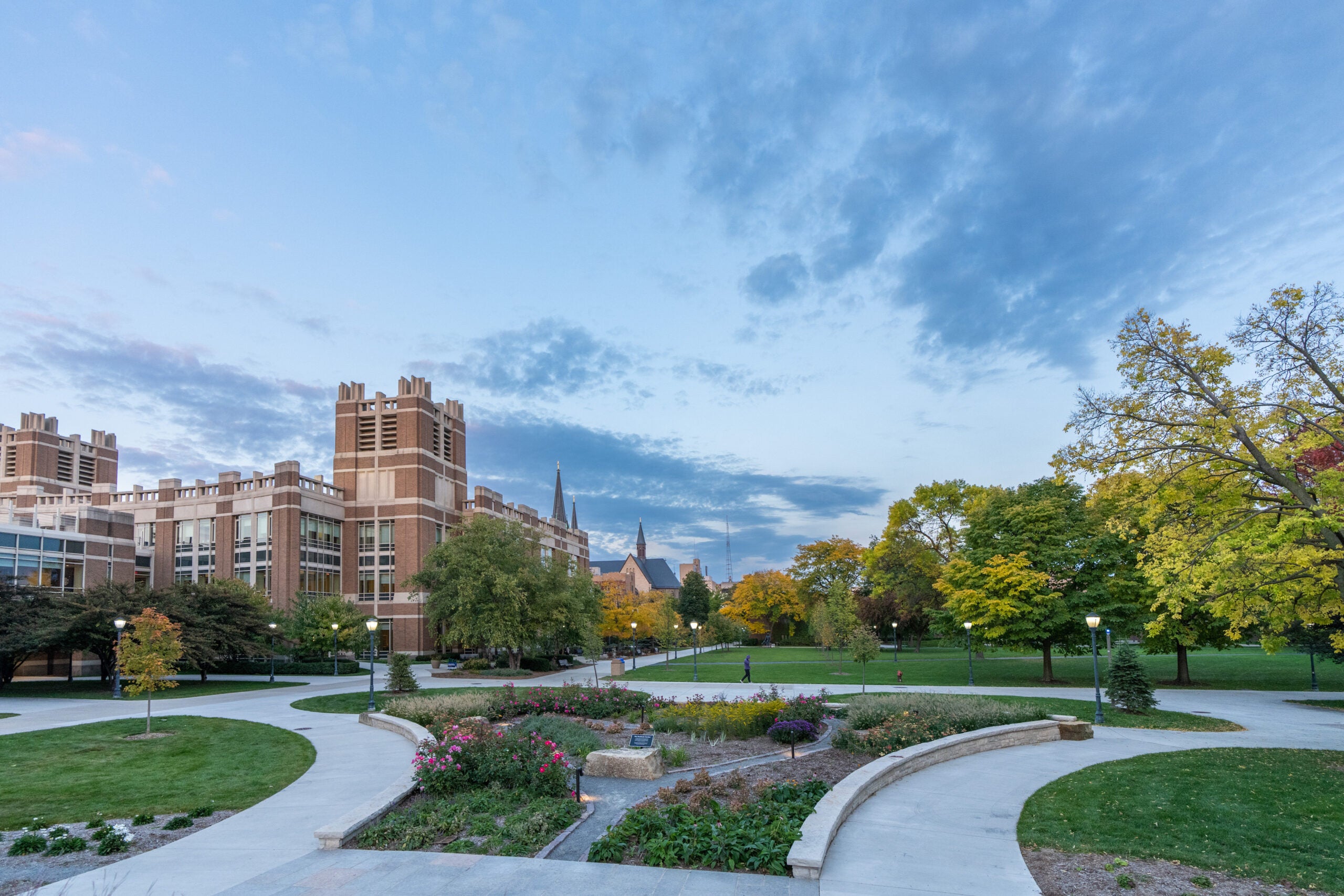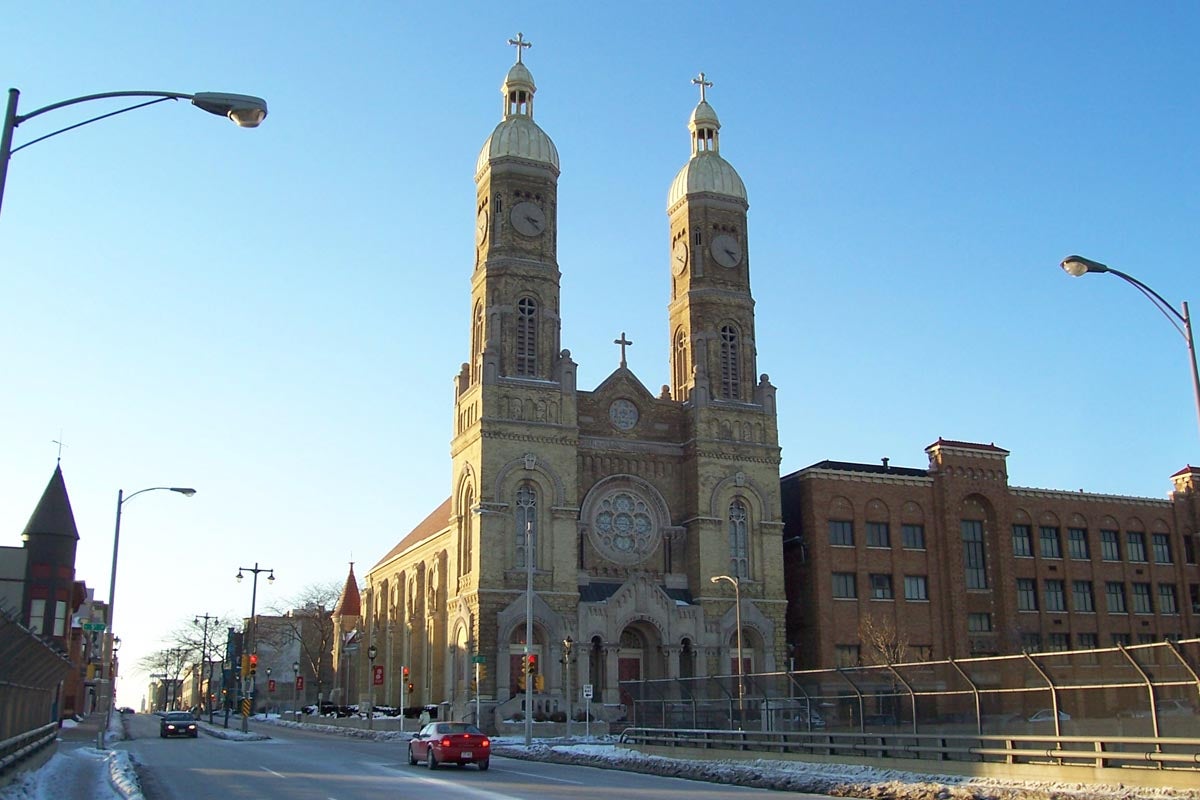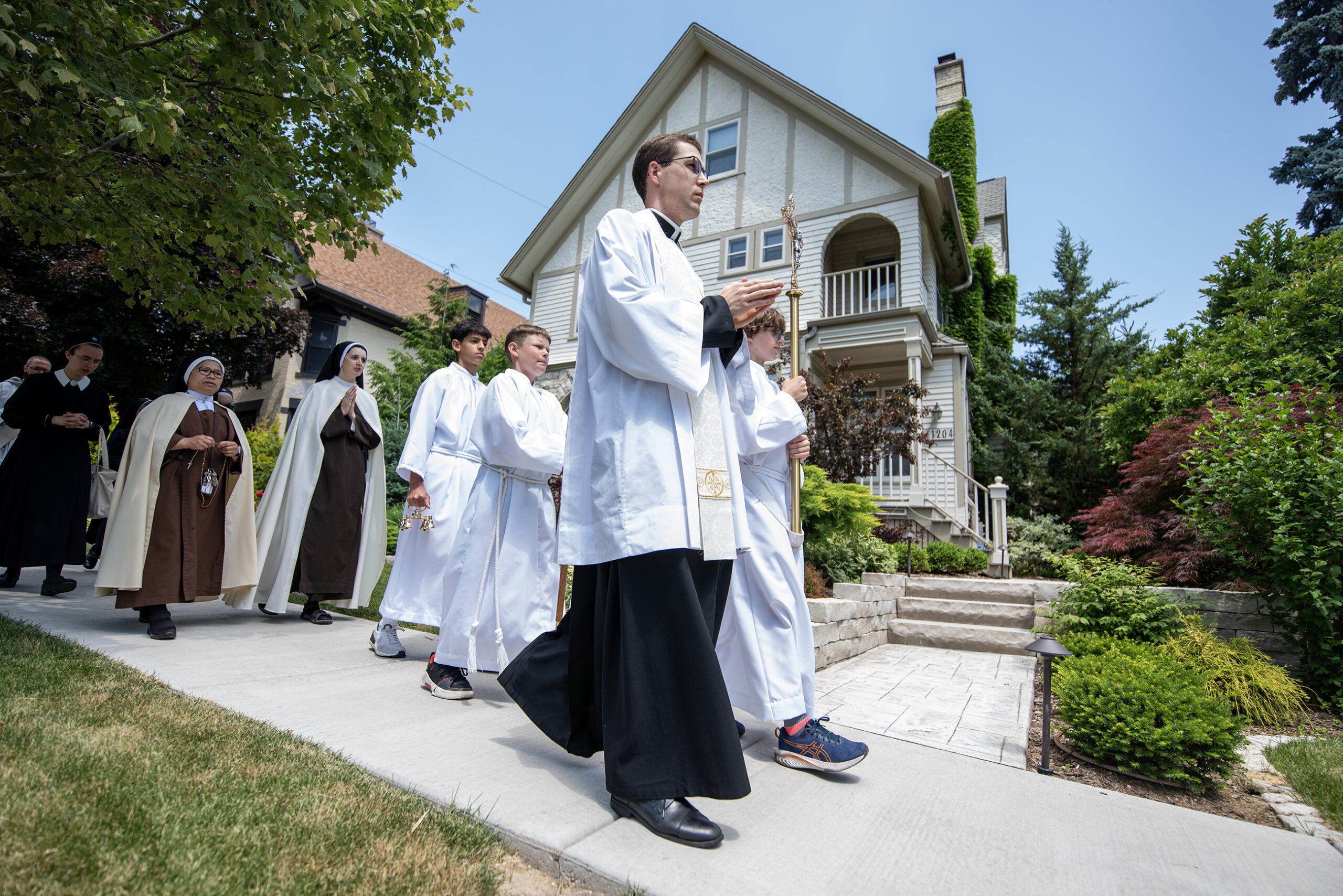After 134 years, St. Gregory Catholic School in St. Nazianz, Wisconsin is shutting its doors. St. Gregory’s isn’t alone, though. There’s Saint Rosalia Academy in Pittsburg, Marian High School in Framingham, Massachusetts, St. Pius X Regional Academy in Westerly, Rhode Island and more. Over the past 50 years so, the number of Catholic schools in the U.S. has diminished sharply, from about 13,000 schools in the mid-twentieth century to about 7,000 now. We’ll talk about why Catholic schools are closing, how this trend affects poor and minority communities, and the state of American Catholicism and education.
Featured in this Show
-
Facing Declining Enrollment And Financial Instability, Catholic Schools Struggle
After 134 years, St. Gregory Catholic School in St. Nazianz, Wisconsin will close, school leaders announced last week.
That might sound like déjà vu. In January, another Wisconsin Catholic school — St. Patrick Catholic School in Janesville — announced it would not reopen for the 2018-19 school year. And in 2014, two Catholic schools closed for good in Appleton.
Those closures aren’t an anomaly. Facing declining enrollment and financial instability, Catholic schools are disappearing in Wisconsin and across the nation, experts say.
In the mid-1960s, there were more than 13,000 Catholic schools in the United States, educating about 13 percent of the school-aged population, says Carol Ann MacGregor, an associate professor of sociology at Loyola University New Orleans.
By 2012, that number had nearly halved. There were only 7,000 Catholic schools, representing just 5 percent of the school-aged population.
The root causes are complicated.
According to a 2015 Pew Research study, a growing number of Americans do not identify with any religion. But the number of self-identifying Catholic Americans has also risen in the past half-century due in part to immigration, MacGregor said.
The results of a Gallup poll last week may give some context. Despite the steady number of U.S. Catholics, weekly church attendance among Catholics has declined, both in the past decade and the past 50 years.

Church Attendance Among Catholics, By Age graph. GALLUPAccording to MacGregor, what it means to be Catholic has changed over the years. The underlying question is: do Catholics today believe they need to send their children to Catholic school in order to be “good Catholics?”
“While I don’t have exact data on that, from going out and asking parents around the country that exact question, my sense is for many parents, that answer is no,” she said. “First priority would be to get church on Sunday. Second priority would be to register their children in the classes for sacramental preparation.”
The cost of running Catholic schools has also increased significantly over time. When schools like St. Gregory opened 134 years ago, they were staffed primarily by nuns or priests, for little or no pay, MacGregor said. Those schools of the past didn’t have to pay for expensive technology such as smart whiteboards or iPads, either.
Much of the burden for increased costs fell on parents. For Catholic elementary schools, where tuition climbed 69 percent in just a decade, the sticker price sits at about $4,000 per school year. Catholic high school tuition increased 136 percent in the same time period, with an average cost of $9,000 per school year.
And despite those tuition hikes, Catholic schools often don’t break even.
“Catholic education leaders would be quick to point out that those tuition costs usually don’t even match the cost of educating the students,” MacGregor said. “These schools are often operating at a loss for many years.”
Catholic schools, originally champions of Irish, Italian and German Catholic immigrants to America, may continue to find growth in America’s immigrant population, this time from Latin-American countries. Meanwhile, the schools will need to get creative in order to keep the cost low enough to make that possible, MacGregor said.
Episode Credits
- Kate Archer Kent Host
- Colleen Leahy Producer
- Carol Ann MacGregor Guest
Wisconsin Public Radio, © Copyright 2025, Board of Regents of the University of Wisconsin System and Wisconsin Educational Communications Board.
